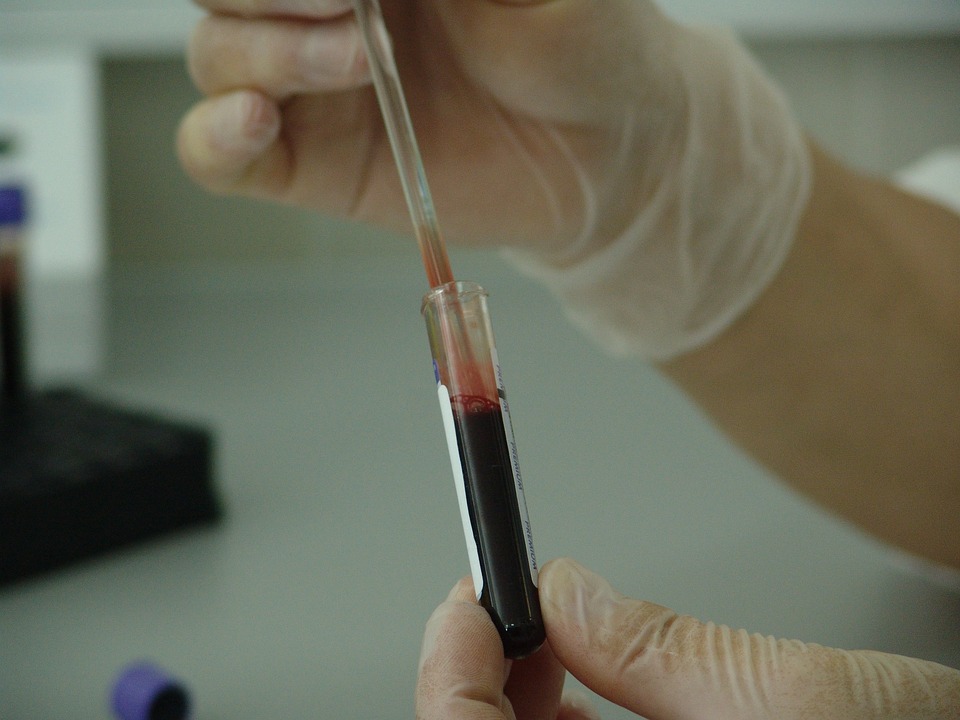Preface
The most vital fluid in our body, making up about 8 percent of our total body weight. If you guessed blood, you are right. In this post, we will look at Overview Blood Anatomy, Blood Function sand Cells and its components.
Components of blood
RBCs

The red blood cells, also known as erythrocytes. They have the shape of a thin disc. The shape of the erythrocytes is also called biconcave. These cells carry oxygen and therefore hemoglobin. The red blood cells are not permanent. They are produced by the spleen and bone marrow.
The life span of a red blood cell is only 120 days [max]. After that they are destroyed either in the liver or in the spleen. Red blood cells do not have a nucleus, which is one of the reasons why they are destroyed after a certain period of time. Without a nucleus, a cell cannot perform its functions properly.
According to studies, if you have about 4.5 to 6.0 million erythrocytes in a drop of blood as an adult, you are healthy. If the value is below that, you may have anemia.
WBCs

The white blood cells, which are also called leukocytes. It is the protector of the human body. The white blood cells fight against diseases and infections. Unlike red blood cells, white blood cells have a nucleus.
There are different types of white blood cells in the blood; some are monocytes, neutrophil granulocytes, lymphocytes, basophil granulocytes and so on. Leukocytes are also produced by the bone marrow.
The normal number of white blood cells should be about 4,500 to 10,000 per drop of blood in an adult.
Lymphocytes are the body’s immune defenses that specifically defend against the foreign body that causes disease. There are 2 types of lymphocytes, the T lymphocytes and the B lymphocytes. The T lymphocytes maintain the amount of antibodies produced, the B lymphocytes. These act as a direct cellular immune response.
Platelets
They are also known as platelets. They are the clotting factor of the blood, they are also formed in the bone marrow. Platelets stop bleeding from a wound in 1 to 3 minutes. They accumulate around the injured area and prevent bleeding by forming a layer.
Normally, platelets come in two forms: the active form, which means they clot when a wound is present, and the inactive form, in which the blood does not clot. They are kept in the inactive form to prevent unwanted clotting of blood flow.
The normal number of platelets is 1,50,000 to 4,00,000 blood drops. A lower number of platelets leads to poorer clotting of the blood and thus to higher blood loss.
Plasma

The fluid that contains all of the above cells in the bloodstream is the blood plasma. Plasma is made up of protein, salts, and mostly water. Plasma makes the blood thick because it contains a protein called albumin. This prevents the blood from mixing with other fluids in the body and slows bleeding.
Plasma also contains other substances such as nutrients, hormones, vitamins, minerals and antibodies produced by lymphocytes.
Conclusion
In this post, we have looked at the components of Overview Blood Anatomy, Blood Functions and Cells. In the next post, we will look at the blood groups and the diseases that can affect the blood.
Natural way to Liver maintenance // Detoxing liver // healthy liver
Lungs anatomy and physiology // Lungs function
